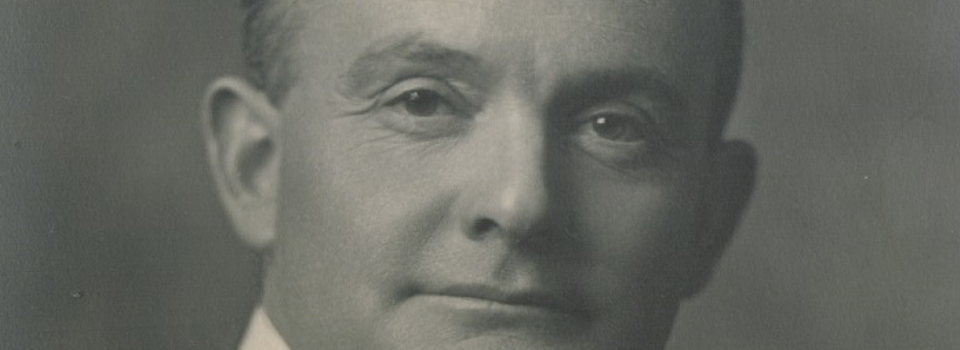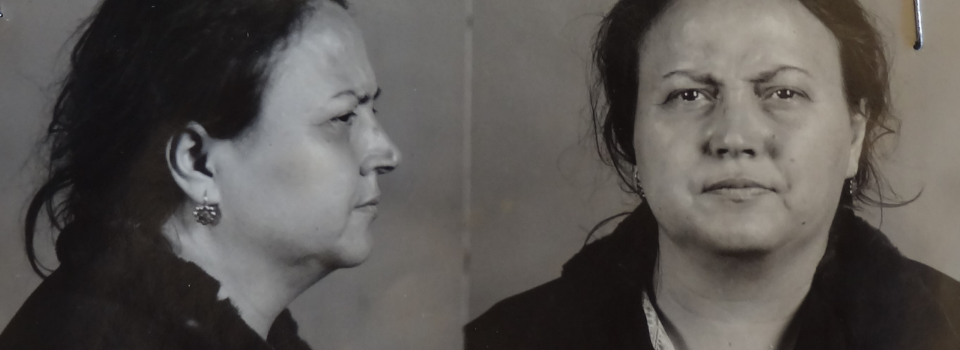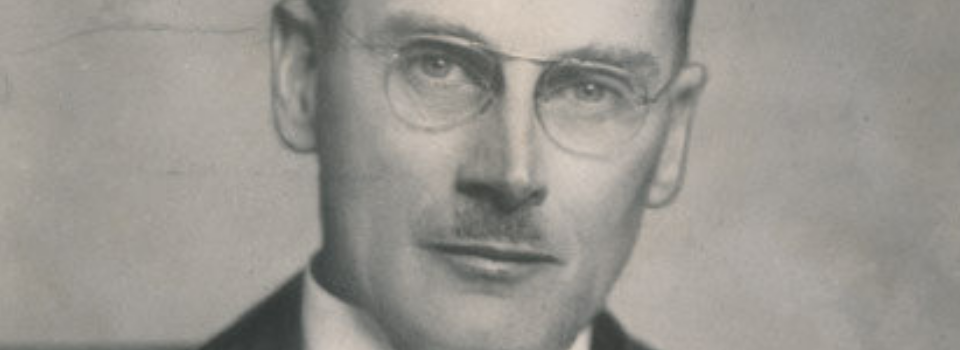On Wednesday evening, May 17, at an event co-sponsored by the Toronto Public Library and the North York Historical Society, I invited the gathering to “Meet the Hangman.” To be more specific, I introduced them to John Radclive, Arthur Ellis and John Ellis, the three most famous executioners in Canada from Confederation in 1867 to the abolition of capital punishment in 1976.
What was the effect on these individuals of their grim job?
Radclive plied his trade from the early 1890s to his retirement in 1911. He was initially quite successful financially. But he enjoyed hissinister reputation as a hangman and alienated many with his offensive behaviour and his excessive drinking. In 1911, he died of cirrhosis of the liver, penniless and alone, and tormented by his inner demons.
Arthur Ellis, without doubt the most famous and prolific hangman in Canada, succeeded Radclive in 1911. For the next twenty-five years he crisscrossed the country, claiming to have carried out more than 600 hangings world-wide before a bungled execution put paid to his career in 1935. He liked to emphasize his human side, but his self-destructiveness and violence lurked just beneath the surface. He, too, died in poverty, probably of an alcohol-related disease, in 1938.
John Ellis hanged at least fifteen men. He carried out the last two hangings at the Don Jail in Toronto in 1962, fourteen years before the official abolition of the death penalty. According to one account, the retiree, then in his fifties, enjoyed spending the winter months in Florida like thousands of other Canadian snowbirds; another report in 1984 stated that he was living in the Bahamas.
And what were their final thoughts about capital punishment?
John Radclive became increasingly opposed to capital punishment in his last years. Arthur Ellis remained an advocate, but, as for hanging, it “belongs to a past age,” he wrote in 1935. “I am strongly in favour of the electric chair.” John Ellis never deviated from his opinion that hanging was the best form of execution. People “don’t realize just how humane it is. Unlike electrocution,” was his view in 1976.







